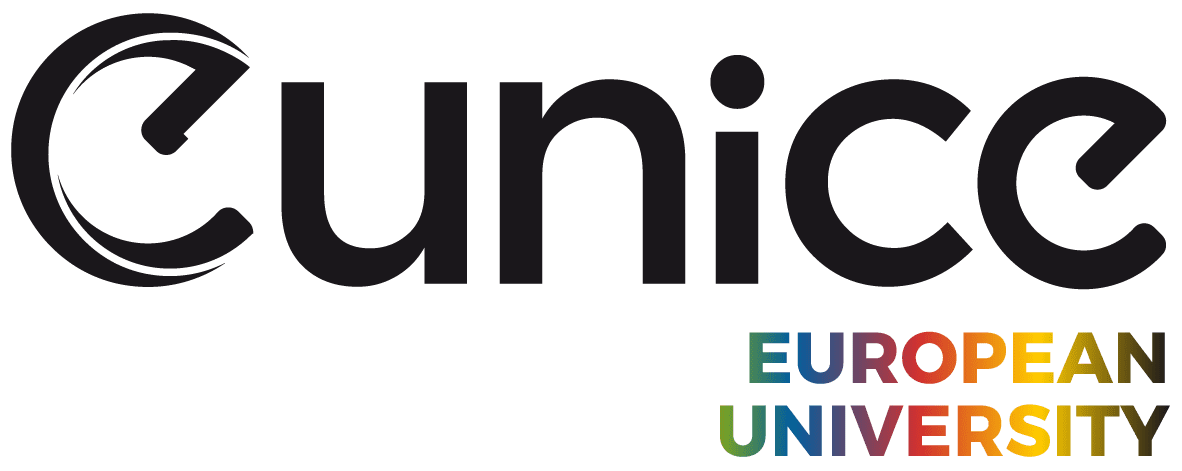The course covers the Internet of Things, where communication occurs between connected free-standing devices, rather than between humans and machines. The focus of the course is small, resource-saving devices such as sensors for measuring, steering of regulators, and communication between them.
The course begins with an introduction to the field and presents current areas of application. The Internet of Things comprises many different technologies, and the course covers a number of building blocks such as architectures, radio interfaces, and communication protocols. When several devices are connected, a large amount of data is produced and must be handled, and the flow of data is treated from collection to the steering of another device based on collected and analysed data.
An important aspect of connected systems is integrity and security. It is a challenge, especially for resource-constrained devices, to keep software updated and prevent unauthorized use or wiretapping.
For sensors, energy consumption is a significant factor, both in relation to long battery life and in relation to environmental concerns. The course therefore treats the influence of communication interfaces and communication protocols on energy consumption.
The course requires that the student is involved with a practical IoT project. However, students must initiate and fund the project themselves; the university will not cover any associated costs.



